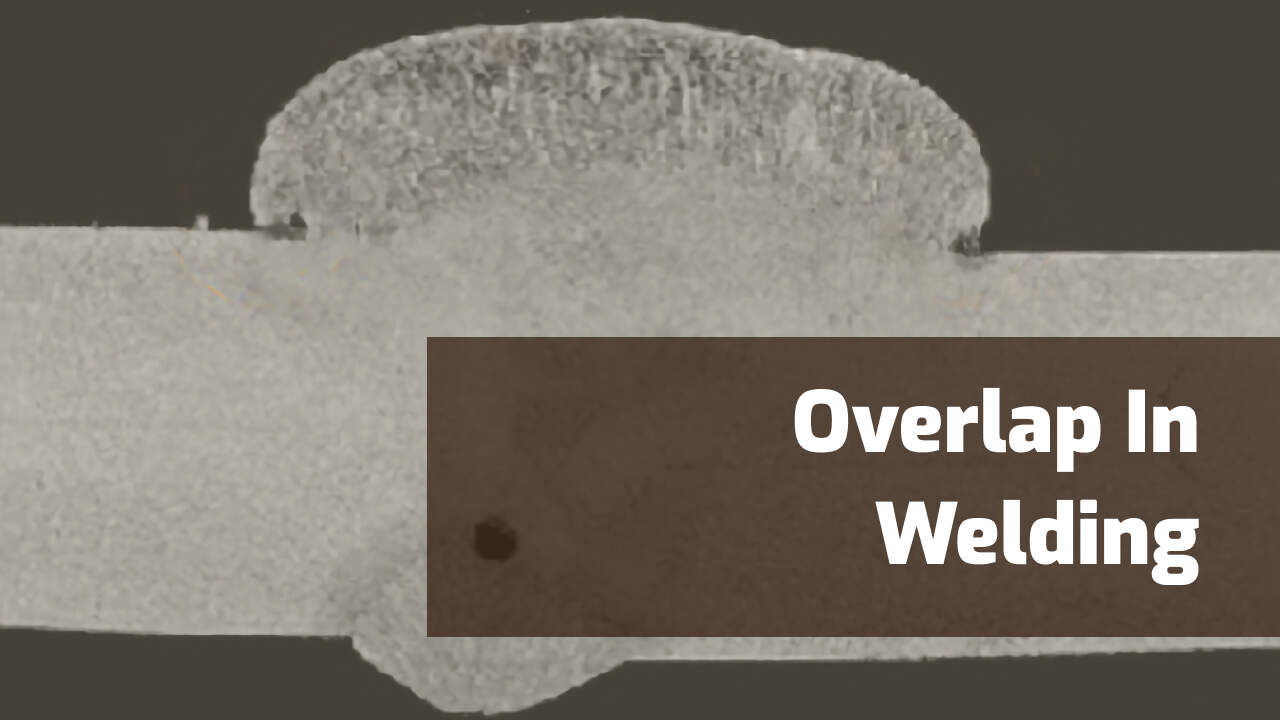Recognizing the Causes and Solutions for Undercut Welding in Steel Manufacture Procedures
In the world of steel manufacture procedures, the event of undercut welding poses a significant obstacle that demands an extensive understanding of its causes and practical services. The elaborate interplay of various elements during welding operations can bring about this unwanted sensation, influencing the architectural stability and general quality of the welded joints - Preventing weld undercut. By studying the source of undercut welding and checking out efficient remedial measures, makers can boost the requirement of their craftsmanship and guarantee the production of remarkable metal components
Common Root Causes Of Undercut Welding
Often forgotten in steel fabrication, undercut welding occurs due to different factors that demand thorough focus and knowledge to be successfully mitigated. Additionally, improper welding methods, such as utilizing the wrong welding angle or travel speed, can likewise contribute to undercut formation. The option of welding specifications, such as voltage, present, and cable feed rate, plays a considerable function in the incident of undercut welding.
Effect of Incorrect Welding Parameters
Unreliable welding criteria can dramatically endanger the stability and high quality of bonded joints in metal fabrication processes. The impact of wrong welding criteria shows up in different methods, resulting in structural weaknesses and issues in the bonded elements. One vital element affected by improper welding criteria is the infiltration depth of the weld. Insufficient warmth input as a result of low welding currents or excessively high traveling rates can result in inadequate blend in between the base metals, leading to insufficient joint infiltration and compromised bonds. Conversely, too much warm input caused by high welding currents or slow-moving travel speeds can bring about excessive and burn-through support, developing a fragile and unstable weld framework. Additionally, wrong specifications such as inappropriate voltage setups or incorrect electrode angles can add to erratic weld grain profiles, absence of fusion, and raised possibilities of issues like undercutting. Careful focus to welding specifications is extremely important to guarantee the manufacturing of high-quality welds with the preferred mechanical properties and structural honesty.
Result of Improper Lantern Angle
Inappropriate lantern angle in welding procedures can significantly influence the high quality and honesty of the final weld joints in metal construction processes. The torch angle plays a vital duty in establishing the warmth input and circulation throughout welding. When the lantern angle is inaccurate, problems such as undercutting can occur. Undercutting is a common welding defect where a groove forms along the weld toe, weakening the joint and endangering its architectural honesty.
A torch angle that is as well high can lead to insufficient penetration, insufficient blend, and boosted spatter. On the other hand, a torch angle that is also shallow can result in too much infiltration, burn-through, and distortion of the base material. Preventing weld undercut. Proper lantern angle is necessary for making sure consistent weld quality, toughness, and appearance
To prevent damaging and other defects brought on by incorrect torch angles, welders have to be trained to maintain the right torch angle throughout the welding procedure. Routine monitoring and modification of torch angles throughout welding can help attain sound welds with marginal flaws.
Role of Inadequate Welding Methods

Another facet of poor welding strategies is inappropriate weld prep work. Poor cleansing of the base metals, incorrect joint design, or insufficient side prep work can all add to undercut welding. Poor securing gas protection or using the wrong kind of gas can result in incomplete fusion and the development of undercut flaws.
To attend to the role of inadequate welding strategies in metal fabrication procedures, it is vital to supply extensive training for welders. Correct education and learning on welding parameters, joint prep work, and protecting gas selection can aid stop undercut welding and guarantee top notch welds in steel these details construction tasks.
Efficient Solutions for Undercut Welding
Dealing with undercut welding in steel construction calls for carrying out effective options to enhance weld top quality and structural honesty. One of the key services to battle undercut is to adjust welding criteria such as voltage, current, and take a trip speed to make sure correct warm input and blend. By fine-tuning these settings, welders can stop excessive melting of the base metal and filler product, decreasing the chance of undercut formation.
Furthermore, proper joint preparation is critical in avoiding undercut. Making certain clean base metal surface areas free of pollutants and making use of the appropriate have a peek at this website bevel angle can assist advertise far better weld penetration and decrease the danger of undercut - Preventing weld undercut. Using suitable welding methods, such as oscillating the lantern or weaving, can also aid in distributing warm equally and loading the weld joint properly, lessening the opportunity of undercut issues
Furthermore, selecting the right welding consumables, consisting of electrodes and filler steels, is crucial in mitigating undercut. Using materials with suitable chemical structures and mechanical buildings can add to attaining audio welds with marginal undercut. Normal inspection and quality assurance measures should also be implemented to spot and deal with undercut issues quickly, guaranteeing the overall integrity of fabricated steel parts.

Conclusion
In conclusion, understanding the reasons and remedies for undercut welding in steel construction processes is essential for achieving high-quality welds. By resolving usual causes such as incorrect welding parameters, inappropriate lantern angle, and inadequate welding techniques, welders can protect against damaging and ensure solid, long lasting welds. It is necessary to focus on these factors and apply efficient services to boost the general welding process and end product quality.

Comments on “Preventing Weld Undercut Demystified: Methods for Success”